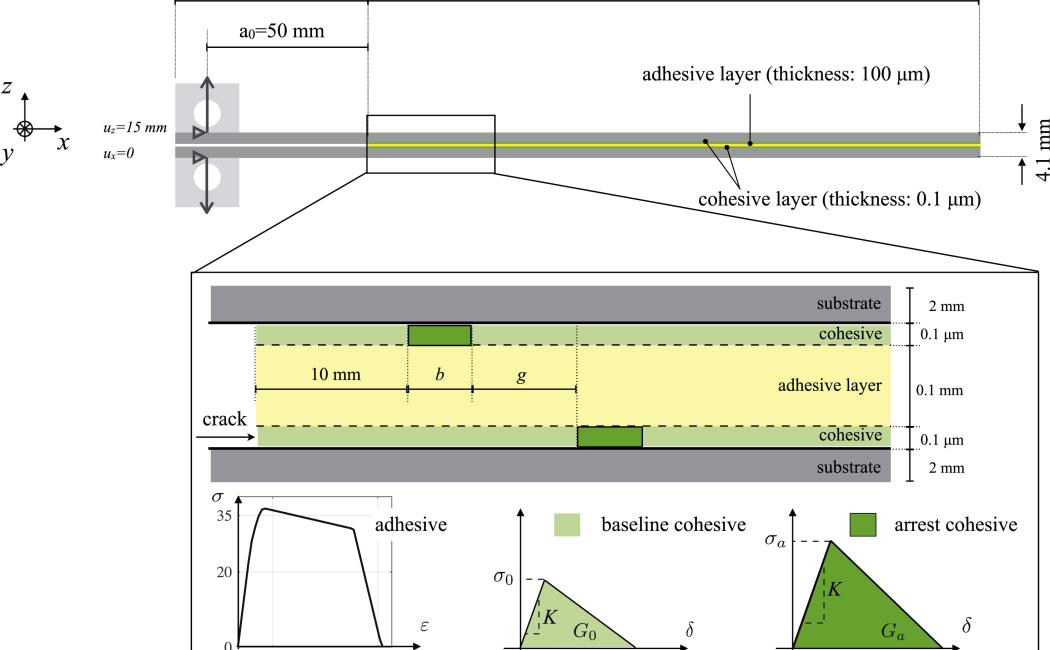


26 December, 2019
On controlling interfacial heterogeneity to trigger bridging in secondary bonded composite joints: An efficient strategy to introduce crack-arrest features.
Ran Tao, Xiaole Li, Arief Yudhanto,Marco Alfano, Gilles Lubineau;
Composites Science and Technology; Accepted, 2019;
Abstract:
Secondary adhesive bonding of carbon fiber reinforced polymer laminates is of great interest for the aerospace and automotive industries. However, joint reliability is still a major concern because of fabrication-induced or service-related cracks that are difficult to monitor and can lead to catastrophic failure. In this work, we propose a patterning strategy where the careful design of spatially-varying interface properties enables the formation of an adhesive ligament that acts as a crack-arrest feature. Bi-dimensional finite element models of adhesively bonded double cantilever beams were employed to investigate the role of the main parameters of the pattern (i.e., geometrical parameters and interfacial properties) under mode I loading. The results show that an adhesive ligament can either bridge the separating arms, largely enhancing the dissipated energy, or fail, thereby limiting the attainment of a R-curve-like response. The precise scenario is heavily dependent on the contrast in interfacial properties rather than the geometrical details of the pattern.